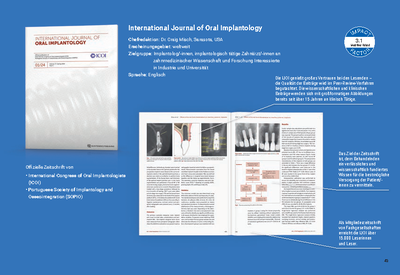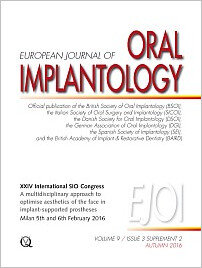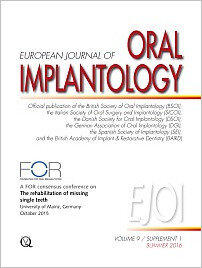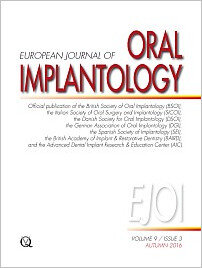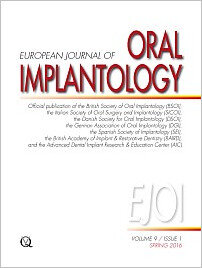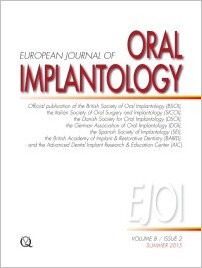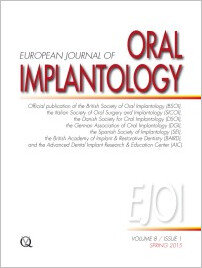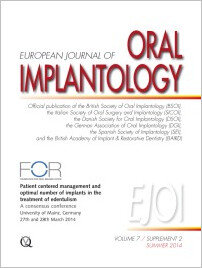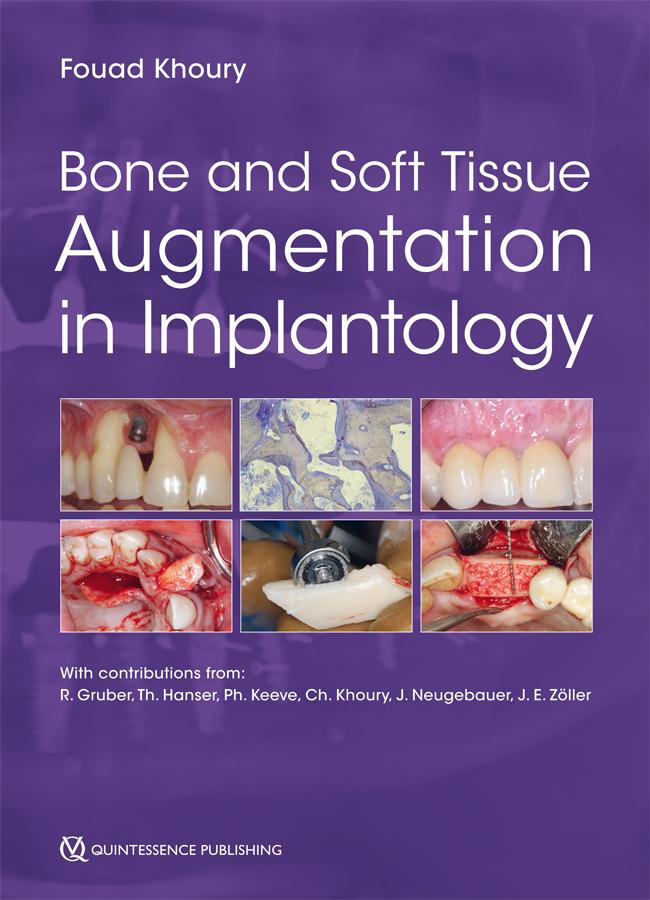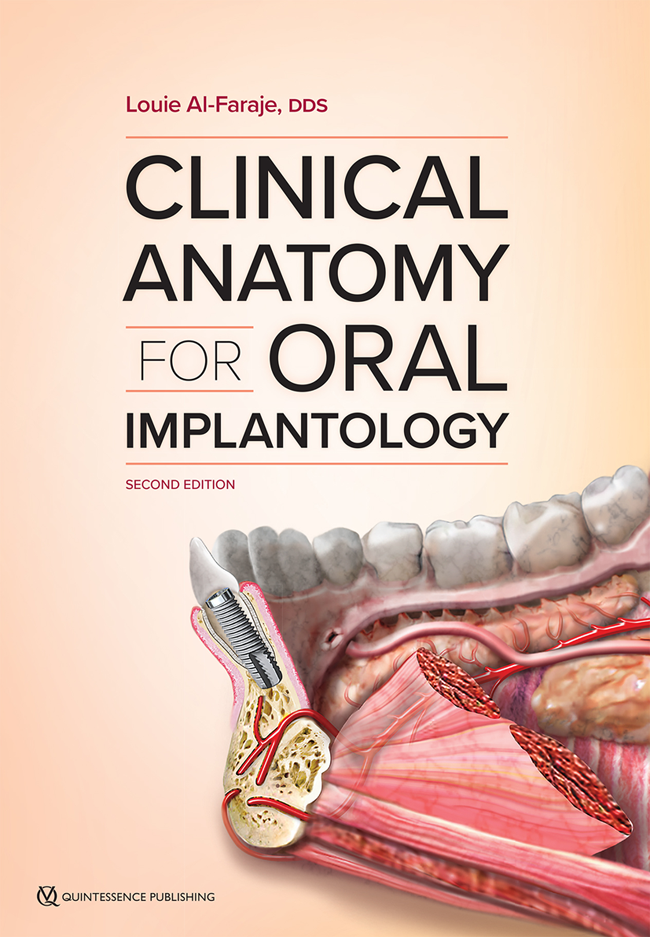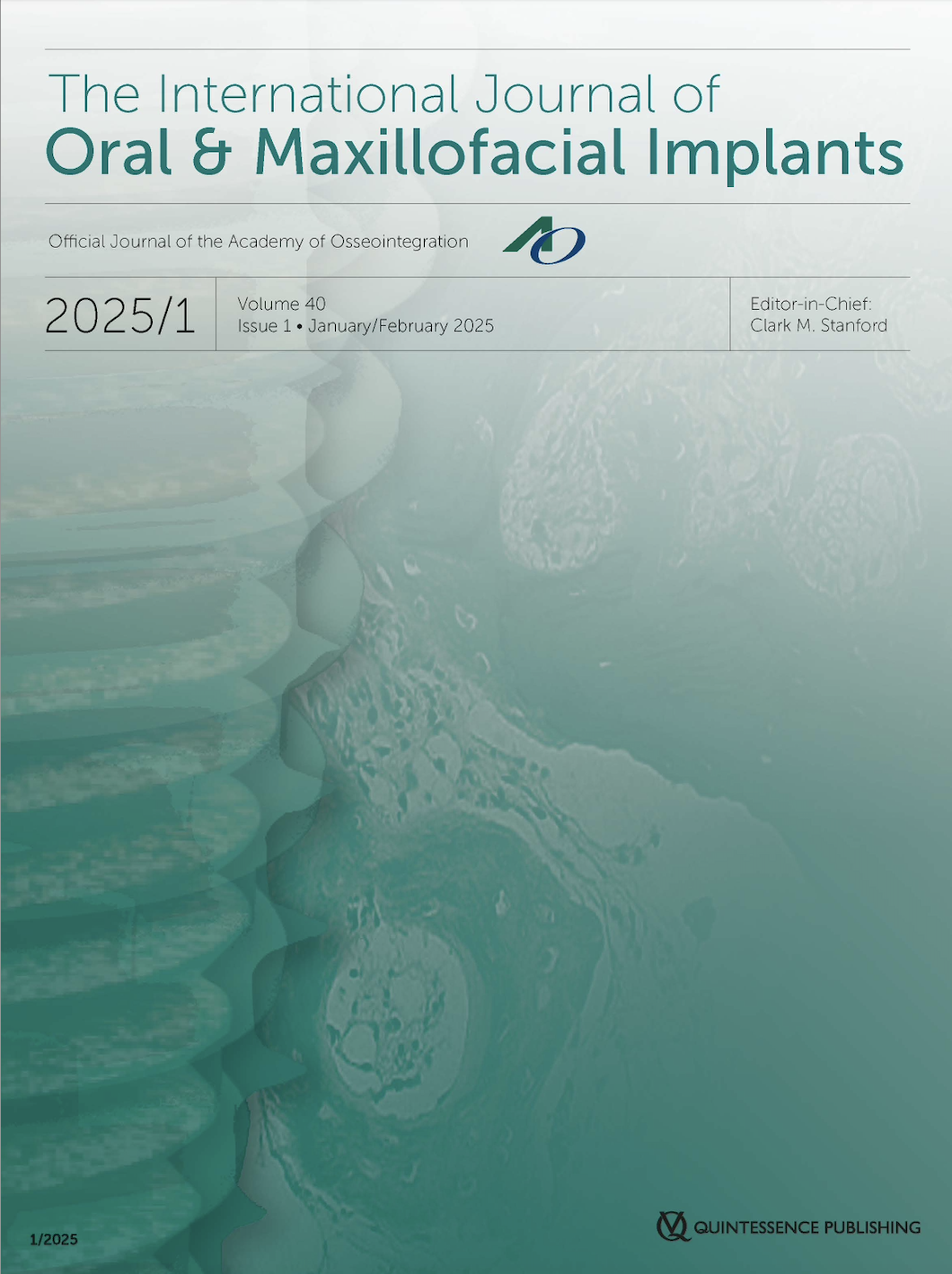ISSN (online) 2631-6439
International Journal of Oral Implantology
Issue cycle: Quarterly
Language: English
Impact factor: 2.5 (2024)
Category: Implantology
Editor-in-chief: Dr. Craig M. Misch DDS, MDS
Coordinating editor: Elizabeth Ducker
QP Deutschland
Official publication of:
International Congress of Oral Implantologists
Portuguese Society of Implantology and Osseointegration
The "International Journal of Oral Implantology" prides itself on presenting evidence-based, practical insights into oral implantology and related disciplines to specialists and general practitioners alike. Under the guidance of the highly regarded editorial board, the journal encompasses systematic reviews, clinical trials and clinical studies, with a focus on randomised controlled trials of quality and substance. Full descriptions and relevant illustrations are included so that clinicians can fully understand all the procedures presented. The aim of this journal is to provide reliable clinical guidance to practitioners to help them make the best decisions possible for their patients.
- Subscribers receive free online access to the journal and can easily search our archives for articles dating back to 2008.
- Subscribers receive free access to journal content via the Journal app.

Dr. Craig M. Misch DDS, MDS
United States of America, SarasotaCraig M. Misch, DDS, MDS, is a clinical associate professor at the University of Florida, the University of Alabama, the University of Pennsylvania, and the University of Michigan in the departments of periodontics and prosthodontics. He serves as editor-in-chief of The International Journal of Oral Implantology and on the editorial boards of the Journal of Oral Implantology and the International Journal of Periodontics & Restorative Dentistry. Dr Misch has been a featured speaker for numerous organizations and published more than 50 articles and 20 textbook chapters. He maintains a private practice as a dual specialist in Sarasota, Florida.
Elizabeth Ducker
United Kingdomphone: +44 (0)7779 710265
e-mail: ducker@quintessence-publishing.com





